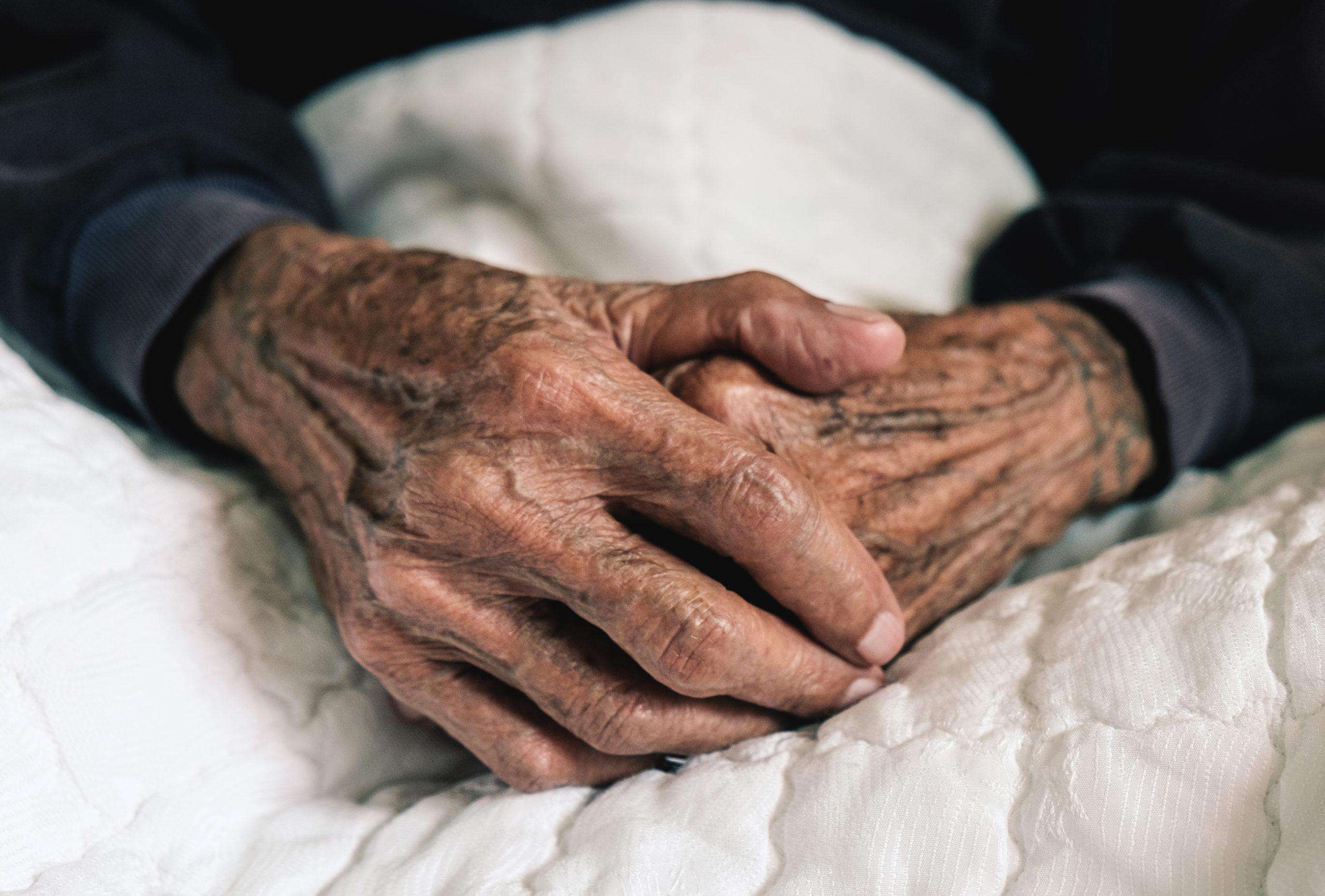prove wrongful death, several types of evidence are typically required. These may vary depending on the jurisdiction and specific circumstances of the case, but generally, the following evidence is crucial
Duty of care
The plaintiff must establish that the defendant owed a duty of care to the deceased. This can be shown by demonstrating a legal obligation or responsibility, such as a doctor-patient relationship or a duty to maintain safe premises.
Breach of duty
The plaintiff must prove that the defendant breached their duty of care. This can be established by showing that the defendant failed to act reasonably or negligently, thereby causing harm to the deceased.
Causation
It is essential to establish a causal link between the defendant’s breach of duty and the death of the individual. This requires demonstrating that the defendant’s actions or negligence directly caused or significantly contributed to the death.
Death of the individual
The plaintiff must provide evidence of the deceased person’s death. This can be proven through official death certificates, autopsy reports, or medical records.
Negligence or wrongful act
The plaintiff needs to demonstrate that the defendant’s actions or omissions were negligent, reckless, intentional, or otherwise wrongful. This can be established through witness testimonies, expert opinions, video footage, or other relevant evidence.
Damages
The plaintiff must show that they have suffered damages as a result of the wrongful death. This can include financial losses, such as medical expenses, funeral costs, loss of income, and loss of companionship or support.
Expert testimony
In some cases, expert witnesses may be necessary to provide specialized knowledge or opinions regarding the cause of death, the defendant’s breach of duty, or the extent of damages.
Witness testimonies
Eyewitness accounts from individuals who observed the incident leading to the death or who have relevant information about the defendant’s actions can be crucial in establishing liability.
Documentary evidence
Any relevant documents, such as medical records, accident reports, employment records, or correspondence, can support the plaintiff’s claims and help establish liability.
Prior incidents or complaints
Evidence of previous incidents or complaints involving the defendant can be used to demonstrate a pattern of negligence or wrongful behavior.
